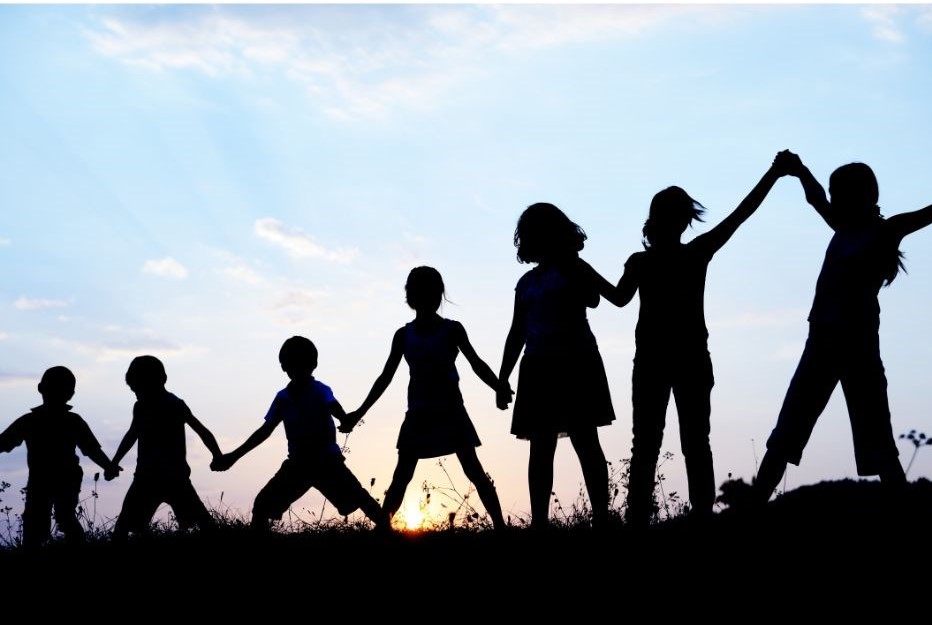
The Guardian for Children and Young People’s 2021-22 Annual Report has revealed that South Australians are requesting advocacy for children and young people in state care at a higher rate than ever. This follows a trend that has seen requests for the Guardian’s assistance nearly triple over the last 10 years.
Importantly, one third of requests in 2021-22 came directly from children and young people, with nearly 4 in 5 living in residential care – a placement type where population numbers continue to grow. Consistent with previous years, the most common issue they raised was the safety and stability of their living arrangements.
“Simply put, many more children and young people in out-of-home care are asking for our help to make their time in care better, to make their time in care less confusing and to make their time in care safer,” Guardian for Children and Young People, Shona Reid, said.
The report highlights the rising number of children and young people entering care (4,738 as of 30 June 2022), coupled with staff recruitment and retention challenges, is placing a serious strain on the capacity of the child protection system to find placements that meet children and young people’s needs. This corresponds with the most common presenting issues to the Guardian’s office, that of safe and stable placements.
The annual report shows a growth in First Nations children and young people living in residential care (15.9% increase). This is double the rate of growth for the total child population in South Australia. The Guardian’s office also highlights continued and ongoing cultural support for First Nations children and young people is a key area for improvement when it comes to supporting and increasing the wellbeing of Aboriginal children and young people in care.
“We strongly welcome the Commissioner for Aboriginal Children and Young People’s inquiry into the application of the Aboriginal and Torres Strait Islander Placement Principle. We have concerns around how family scoping is occurring, how young people who want contact with their siblings and other family or community members are being supported to do this, and to what extent these matters are being prioritised in a system that is under significant pressure. Connection to culture is a protective factor and the fact that this is one of the most common enquiries made to my office by Aboriginal children emphasises its importance in growing up well,” Shona said.
“Some children and young people are telling us they feel unheard, unseen, and unsupported and this is devastating. I question if the system has been built for and around the children and young people who live within it. With the increasing number of young people coming into care every year, we need to rethink how we care for them, and look at the needs of each individual child. The system doesn’t work as a one size fits all,” Shona said.
“As I move further into my tenure and roll out the Child and Young Person’s Visitor Program, I look forward to hearing more from the children and young people who live within this system on a daily basis. My multiple responsibilities to both the child protection and the youth detention sector provides a rare opportunity to give un-siloed and informed commentary on the real impact for our most vulnerable citizens.”
Read the full Guardian’s annual report.
